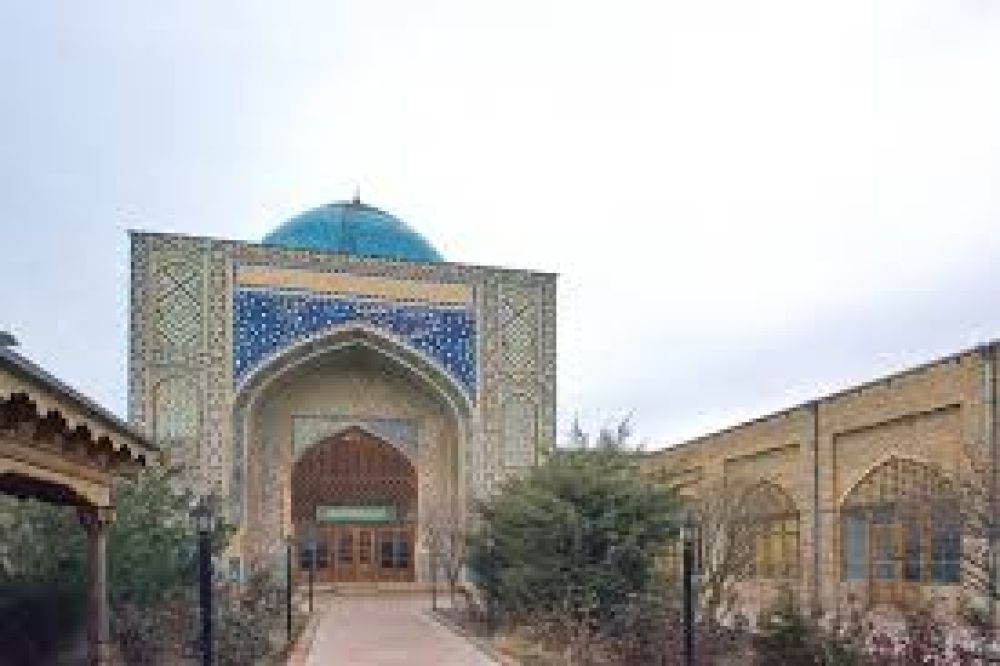

The ancient city of Istaravshan, located in the Sughd Province of Tajikistan, is one of Central Asia's oldest cities, with a rich history stretching back more than 2,500 years. Among its historical treasures is the Kok Gumbaz Mosque, also known as the Blue Dome Mosque, a testament to the city's historical significance and a pivotal piece of Islamic architecture in the region.
The Kok Gumbaz Mosque was built in the 16th century during the rule of the Timurid Dynasty. It is an exemplary monument reflecting the architectural styles and cultural influences of its time. The mosque's construction is often attributed to the renowned Timurid ruler, Ulugh Beg, who is also known for his contributions to astronomy and mathematics.
The mosque complex includes a madrasah (Islamic school) and a mausoleum, forming a classic Central Asian mosque ensemble. Over the centuries, the site has been through various restorations to maintain its grandeur, especially after suffering damage from earthquakes common in the region.
Throughout history, the mosque has not only been a place of worship but also a center of learning and cultural exchange. Its significance in Islamic education attracted scholars and students from all over the region, inadvertently setting the grounds for early forms of tourism as people ventured to the site for knowledge and spirituality.
Modern tourism to the Kok Gumbaz Mosque began to develop more substantially during the late 20th century, when Tajikistan was still part of the Soviet Union. The government recognized the historical and cultural importance of Istaravshan and began promoting its heritage sites to domestic and international visitors.
Following Tajikistan's independence in 1991, there was an increased focus on preserving national identity and history, highlighting places like the Kok Gumbaz Mosque. However, the civil war in the 1990s hindered tourism growth significantly. It was only in the early 2000s that tourism began to gain traction once again, with efforts to restore and preserve the mosque's architecture and promote it as a key destination for cultural tourism.
In recent years, travel trends in Tajikistan have been influenced by the global interest in off-the-beaten-path destinations and sustainable tourism. The Kok Gumbaz Mosque, due to its historical significance and the untapped beauty of Istaravshan, has emerged as an important stop on the Silk Road tourism circuit.
Today, the mosque attracts visitors who are interested in learning about the Islamic architectural heritage of Central Asia and exploring the artistic and cultural landscape of Tajikistan. The site suits various types of tourism, including historical, cultural, and religious tourism, and provides an authentic experience of the region's past.
Aided by the Tajik government's initiatives to improve infrastructure and tourist facilities, the pilgrimage to this ancient architectural marvel has become more accessible. International collaboration has also played a role, with organizations like UNESCO working towards the conservation and promotion of Tajikistan's historical sites.
In conclusion, the Kok Gumbaz Mosque stands as a beacon of Istaravshan's deep-rooted history and cultural wealth. Its role in the growing tourism sector of Tajikistan continues to remind us of the timeless connection between history, heritage and the human spirit's quest for exploration.